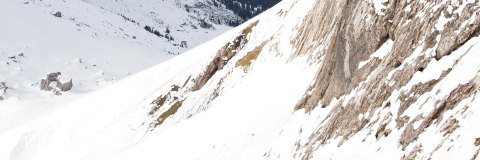Home | About CCW | Contact Us | Climate change Meaning | Causes | Solutions | Emissions | Carbon trading
Melting glaciers
Melting glaciers is a trend across the globe as glaciers retreat, shrink and even disappear.
Glaciers form where accumulations of snow and ice flow down slope in response to gravity. These rivers of ice retreat and get smaller through combinations of warmer temperatures, longer summer seasons and lower snowfall.

Melting creates several impacts from the flow regimes of glacier fed rivers to floods from glacier lake outbursts. As with most global warming effects the impacts are often localized, vary in extent and intensity, and are sometimes difficult to predict.
Some areas that are dependent on melt water for water supplies and especially irrigation, experience acute effects from water shortages.
However, the impact will also be global as water not held in glaciers contributes to sea level rise. Estimates are that additional melt water might contribute 40 to 150mm to sea level rise by 2100.
As always with climate change the issue is not simple.
It would be wrong to conclude that just because there is a phase of global warming that we attribute to our burning of fossil fuel, we see many glaciers retreat.
It seems that most glaciers have been shrinking since the end of the Little Ice Age that ended in the mid-1800s but there have also been pulses of growth.
Growth and retreat is what glaciers do. They are similar to seasonal rivers in that they are dynamic only on longer time scales than the seasons.
Some glaciers have increased in size in recent times as climate change alters precipitation. More snow adds to the glaciers mass.
Generally though, the rate of melting has increased for the majority of glaciers with the most vulnerable being those at low elevations.
The biggest concern over when glaciers melt is glacier lakes, bodies of water held up by the rock and soil (glacial moraines) pushed ahead of the ice.
Extra melt water increases the risk that the natural banks burst and flood the valleys below.
As with all climate change effects the local consequences can be acute.
the conundrum
Glaciers grow and retreat in response to snowfall that becomes compacted over time into the ice. Gravity then pulls this mass of ice towards sea level.
Climate change happens when the energy balance in the heat sinks of the atmosphere and oceans shifts slightly. The common consequence is an altered pattern of preciptation as well as temperature.
Melting seems intuitive if we agree that global warming is occurring as warmth melts ice. But actually there will be glaciers that grow because warming can also deliver greater snowfalls.
This is another example of why climate change is a challenge. The effects are not always intuitive.

Back to top of Melting glaciers | Return from Melting glaciers to climate change effect | Back to Climate-change-wisdom home page
Recent Articles
-
Reducing emissions while looking for solutions...
Nov 01, 15 04:46 PM
I've seen a lot of post's online for ideas on reducing emissions. The one suggestion I have not seen, is the most obvious. There should be a government -
Climate change evidence
Mar 24, 15 06:22 AM
Real climate change evidence has to demonstrate a change in climate. An extra sunny day or a severe storm or a flood is not enough. -
The climate change effect
Feb 19, 15 03:08 AM
What will be the climate change effect? There isn't one, there are many. Perhaps too many for us to understand.

New! Comments
Have your say about what you just read! Leave me a comment in the box below.